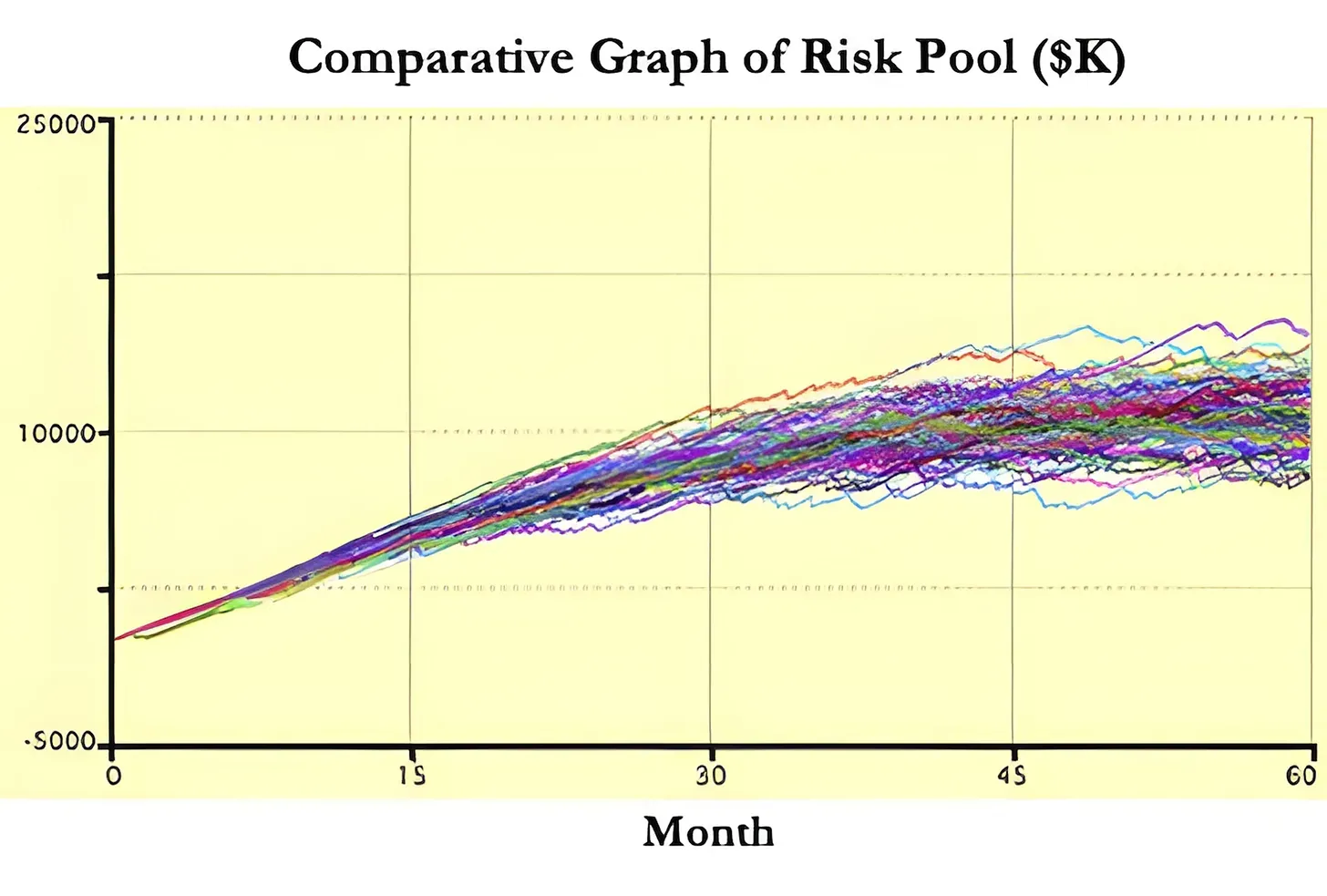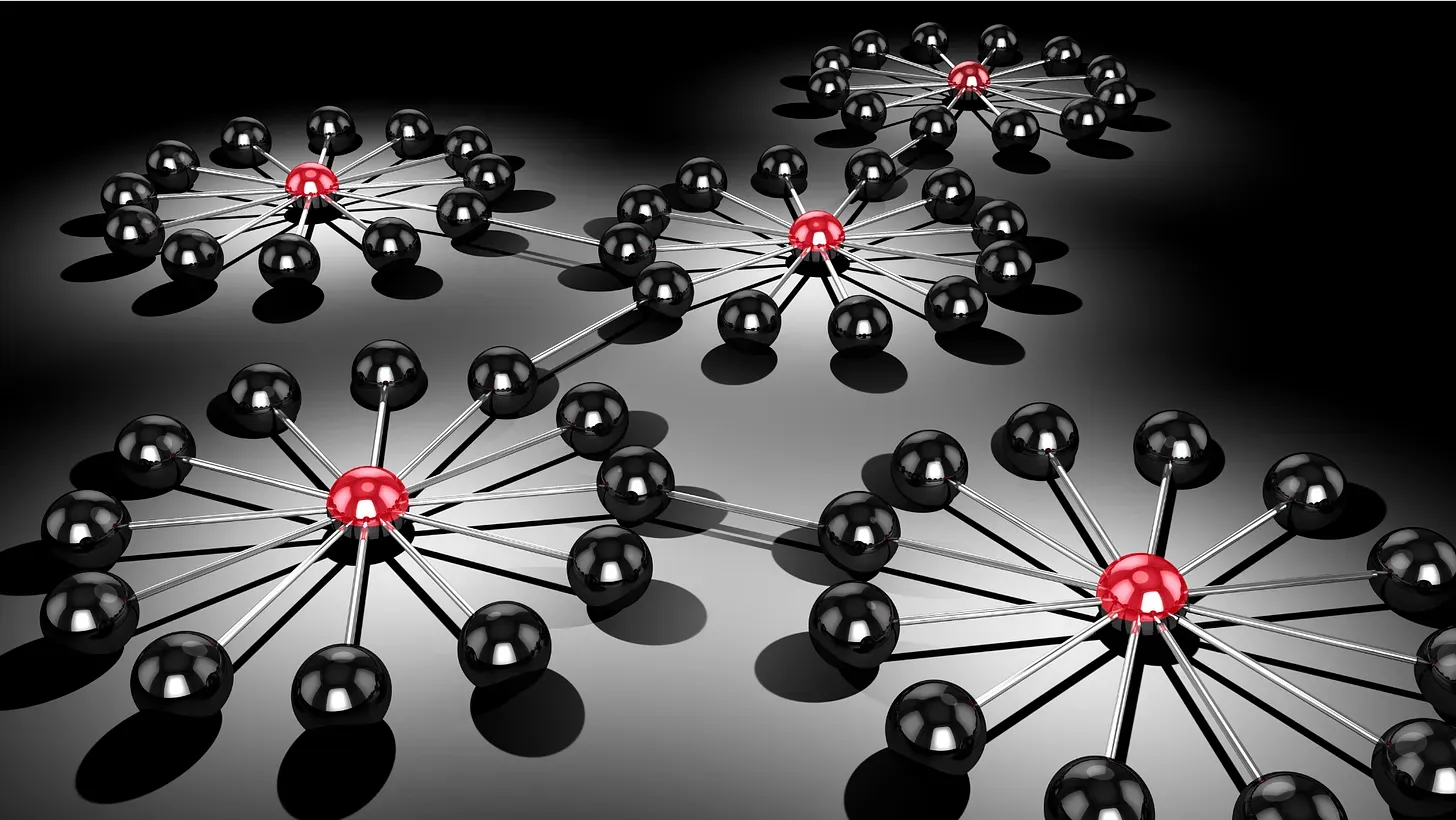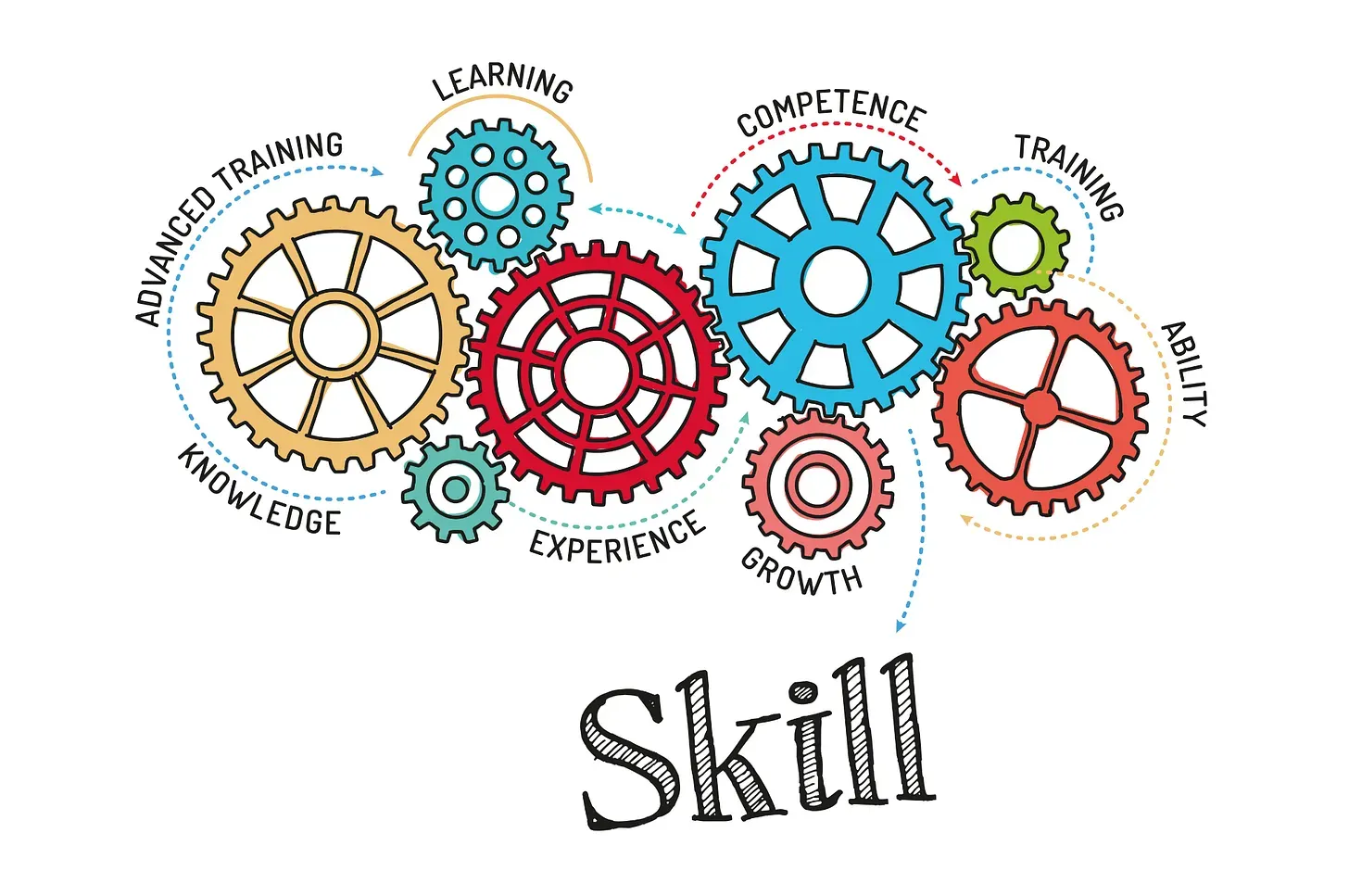Breaking Down Silos: How Systemic Intelligence Transformed Children's Behavioral Health in Georgia

"Alone we can do so little; together we can do so much." —Helen Keller
Picture a room full of dedicated professionals, each representing different aspects of children's behavioral health services in Georgia. They've been meeting for over a year, all sharing a common goal of helping children, yet finding themselves stuck in a cycle of unproductive discussions and competing interests. This is the story of how developing systemic intelligence transformed their approach and unlocked collaborative potential that had remained dormant for far too long.
The Strategic Challenge
The state's interagency directors' team (IDT) faced a daunting task: fundamentally transform how various agencies coordinated services to improve children's behavioral health. The team included representatives from developmental disabilities, community health, education, juvenile justice, and other critical services. Their mission seemed clear – break down organizational silos and develop an integrated strategy for improving children's behavioral health.
But clarity of mission doesn't always translate to clarity of action. Despite regular meetings and genuine commitment from all parties, progress remained elusive. The system itself seemed designed to resist the very collaboration they sought to create.
Building Intelligence About Complex Systems
The Georgia Health Policy Center, working with Pontifex Consulting, recognized that before the team could transform the system, they needed to transform how they understood it. They began by building the team's capacity for systemic intelligence – not as an academic exercise, but as a practical tool for seeing their challenges in a new light.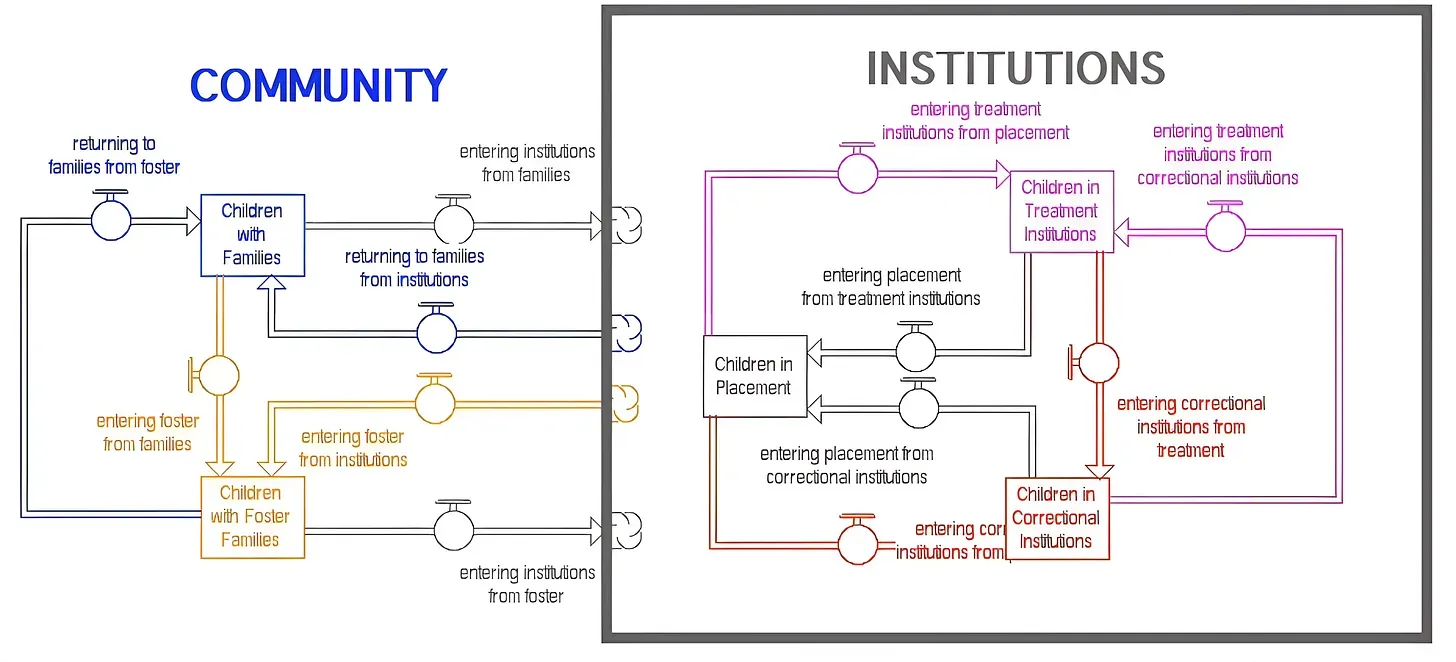
The first revelation came through mapping the current state. The initial diagram revealed a service-centric "push" system where organizations competed to provide their specific services to qualified children and families. In this model, children were often shuffled between services, with little improvement in their long-term development trajectory. The main accomplishment was often simply transferring responsibility from one agency to another.
Seeing the Whole System
Through the process of building and discussing system maps, something remarkable happened. The team began to shift their perspective from individual service providers to seeing the entire developmental journey of the children they served. They created a "Managed Population Chain" that traced a child's path from prenatal care through to adulthood.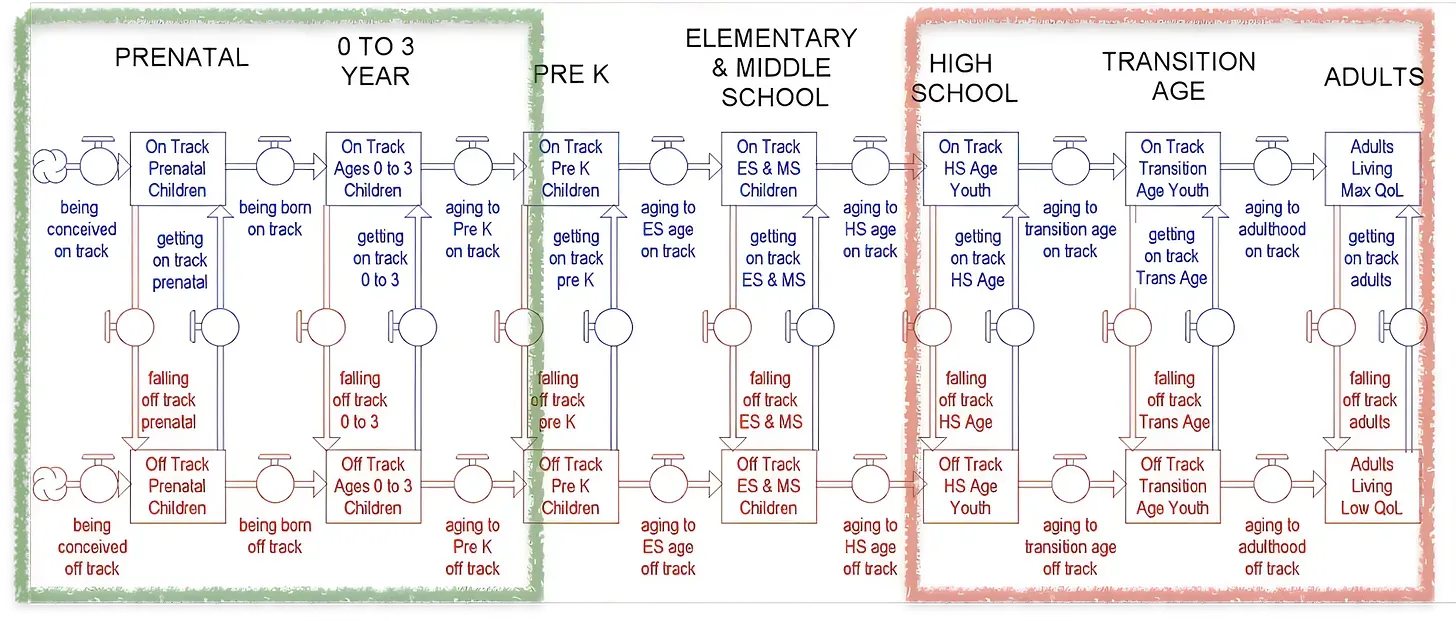
A profound insight emerged: The further along this chain a child moved while "off track," the more costly and urgent the interventions became. Yet the system provided little incentive for upstream collaboration – leading agencies to compete for resources at "the end of the line" where problems were most severe and expensive to address.

The Power of Shared Vision
The breakthrough came when the team developed their final simplified strategy map. This visual tool accomplished something that a year of meetings couldn't – it gave them a shared language and framework for understanding both problems and solutions. As one team leader noted, "Now I see how we can focus on a child at each stage of their development and think about what they need...and how we can each coordinate our resources to fulfilling that need."
This wasn't just a map – it became the foundation of their strategy, a communication tool for engaging with state health commissioners and other officials, and a dynamic framework that could evolve with their understanding.

Core Elements of Change Agent Leadership
In his book Leadership for a Fractured World, Dean Williams describes essential principles employed by effective change agents. The interagency team applied several of these principles during their strategy work. Three of those key principles were:
Facing Reality Together:
Rather than avoiding difficult truths or seeking quick fixes, the team learned to collectively face the reality of their fragmented system. They developed what Williams calls "diagnostic capacity" – the ability to understand complex challenges from multiple perspectives.
Boundary Crossing:
The team embodied the change agent's role as a boundary crosser, moving beyond their organizational silos to engage with other perspectives and possibilities. This wasn't just about coordination – it was about creating new spaces for collaboration and innovation.
Harnessing Creative Tension:
Like artists working with different materials and techniques, the team learned to work with the creative tension that emerges when diverse perspectives meet. They discovered that progress often requires maintaining this productive tension rather than rushing to eliminate it.
The Three Transformations
The development of systemic intelligence catalyzed three fundamental shifts in the team's approach:
Reframing the Goal: They moved from a supply-side focus on providing services to a demand-side vision of developing self-actualized adults. This shift opened up entirely new solution spaces that weren't visible before.
Developing Shared Understanding:
The team moved from "close-to-the-chest, keep our interests guarded" perspectives to a comprehensive, 30,000-foot view where they could see and appreciate the whole system.Unleashing Collaboration:
Most profoundly, they transformed from a group of individual stakeholders into a cohesive team with a compelling way forward. They shifted from pointing fingers at each other to pointing at their shared map – working together to make it better
The Broader Perspective
This case demonstrates how systemic intelligence can break through seemingly intractable inter-organizational challenges. The team didn't just solve a specific problem – they developed a new way of seeing and thinking about their work. They created a sustainable foundation for ongoing collaboration and improvement.
The success was so compelling that the team subsequently applied the same process to develop a strategy for "at risk" children, demonstrating how building systemic intelligence creates ongoing capacity for tackling complex challenges.
This transformation shows that when organizations invest in building their capacity for systemic intelligence, they don't just solve immediate problems – they develop the ability to see, understand, and improve complex systems continuously. This is the essence of high-leverage thinking in action.






